 In 1988, four enterprising men with a common dream embarked on a project which few at the time would have taken on: to make fine wines in Chile.
In 1988, four enterprising men with a common dream embarked on a project which few at the time would have taken on: to make fine wines in Chile.
With precious little capital, but lots of hard work, Viña Montes led a new wave of producers dedicated to producing premium quality wines. Over time, Montes has become one of the best-known Chilean wineries, combining excellence both in winemaking and in management practices relating to their employees and the environment.
Torres family have been winegrowers for 300 years. This contact with nature has taught us to preserve the environment. Inspired by the mythic winged-horse that represents the noble spirit of the Cordillera, who glides over the land below to seek the best soils, Andica is the result of a search for the best Chilean terroirs. This organic wine pays tribute to the diverse and unique landscape of Chile, honoring the country that first welcomed our winemaking vision over 40 years ago.
Unmatched Consistency in Wine Excellence: Familia Torres has been named the #1 Most Admired Wine Brand for 7 of the 14 years the award has existed, and always is ranked within the top 4 every year.
Pioneer of Modern Winemaking in Chile: As one of the first foreign companies to invest in the Chilean wine industry in 1979, Torres Chile brought modern winemaking expertise to the region. For instance, They were also among the first to utilize stainless steel tanks and French oak barrels in their winemaking process.
Organic Production: The winery is a leader in sustainability within the wine industry. It has made significant strides towards organic farming, with 100% of its land officially certified organic according to Chilean, European, American, and Japanese standards. This commitment to organic practices positions Miguel Torres as the third largest exporter of organic wines in Chile.
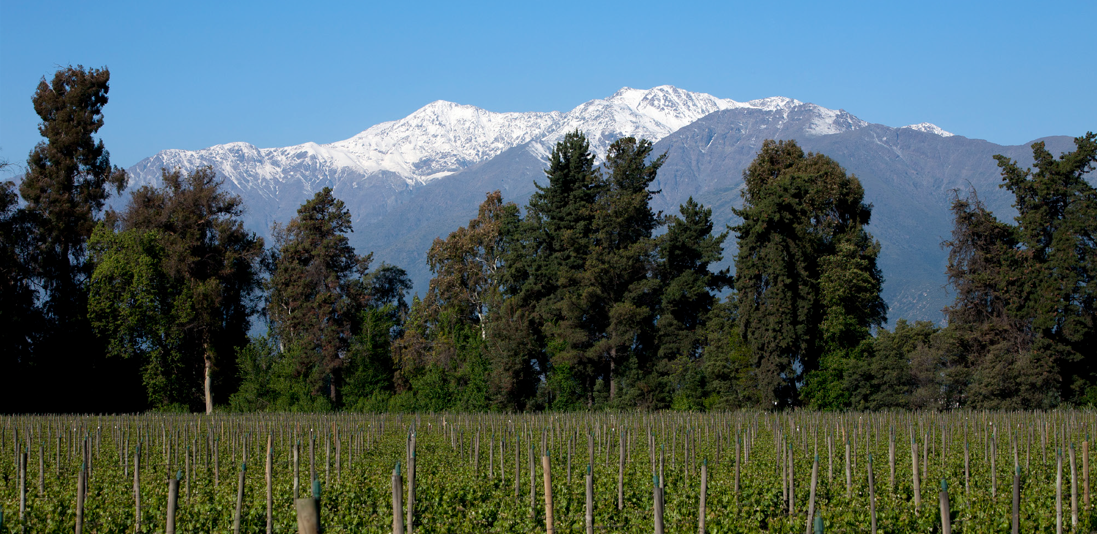
Eduardo created Viñedo Chadwick to honor his father Don Alfonso Chadwick Errázuriz in 1992 with the first vintage made in 1999. The grapes come from a vineyard planted on Alfonso’s former polo pitch in Puente Alto, Maipo which is at 600m in altitude. Puente Alto is now recognised around the world as a fine place to grow Cabernet Sauvignon with rivals having vineyards in the same region.
The Cabernet and Petit Verdot grapes were hand harvested and double sorted before fermentation in small lots in stainless steel tanks. The wine was then racked into French oak barrels, 80% new and Stockinger foudres for malolactic conversion and ageing for 22 months.
This is the wine that took top place at the 2004 against Bordeaux First Growths, not a small feat for a relatively new wine region.*
*1-Viñedo Chadwick 2000; 2-Seña 2001; 3-Château Lafite-Rothschild 2000
For further details please refer to: https://theberlintasting.com/from-berlin/
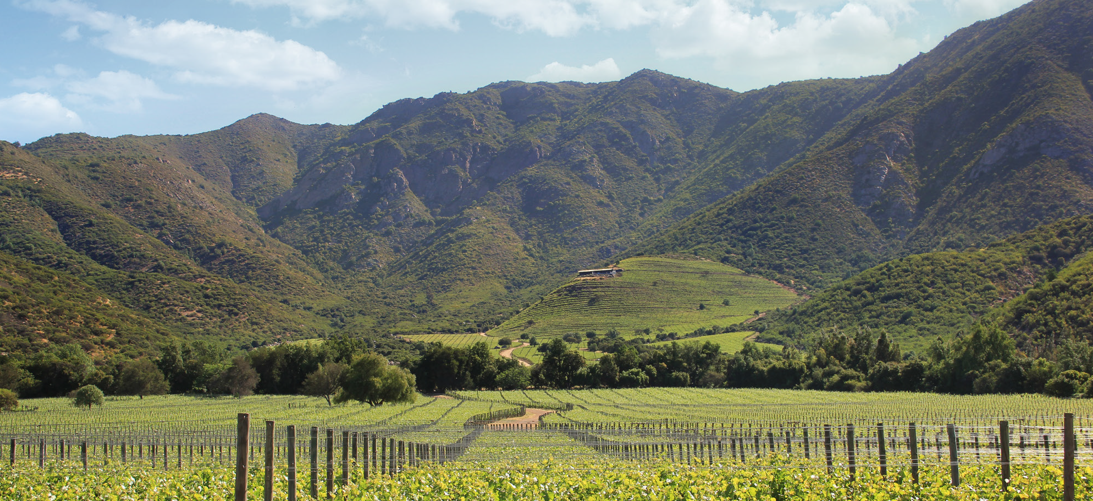
One of the longstanding goals of Eduardo Chadwick is to have Chile recognised on the world stage to be capable of producing fine wines that rival traditional fine wine countries. Seña was created as a joint venture between Robert Mondavi and Eduardo Chadwick in 1995 with this in mind. As of 2005, the Chadwick family are now sole owners of this project.
It took four years for them to find a place to plant specific vineyards for this project. In 1998, 42 hectares were planted on hillsides of the Aconcagua Valley with Bordeaux red grape varieties. The vineyards are farmed biodynamically and use sheep to graze the vineyards and to provide natural fertiliser.
Eduardo seemingly achieved his goal in 2004 at the Berlin Tasting when he included Seña and Viñedo Chadwick in a blind wine line up against top Bordeaux Châteaux including Lafite, Magaux and Latour to 36 European wine experts. Viñedo Chadwick 2000 and Seña 2001 came out among the 3 award-winning wines*, which surprised and impressed many wine experts.
*1-Viñedo Chadwick 2000; 2-Seña 2001; 3-Château Lafite-Rothschild 2000
For further details please refer to: https://theberlintasting.com/from-berlin/
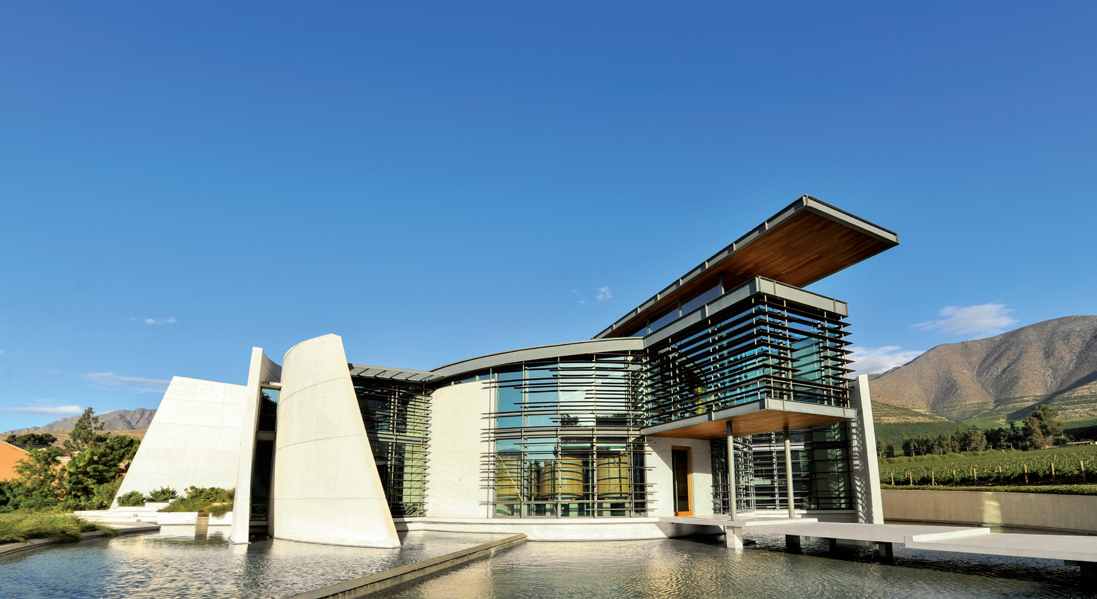
Viña Errázuriz was created in 1870 by visionary Don Maximiano Errázuriz who planted vines in the Aconcagua Valley, 90km from Santiago. The long Aconcagua Valley benefits from a Mediterranean climate with winter rainfall, access to water and coastal areas. This makes it unique for being able to grow a wide range of grape varieties from reds to whites that typically require a cooler climate. Today, the fifth generation of the Errazuriz family, Eduardo Chadwick Claro runs the company.
Take our very beginnings in 1965, when California winemaker Davis Bynum first created Barefoot in his garage. The unconventional name referred to the free-spirited method of crushing grapes barefoot. For more than 50 years, with Barefoot fruit-forward and smooth taste profile, innovative and inclusive brand spirit. The brand has established its foothold across six continents and become the hot-selling and highly recognized wine brand worldwide.
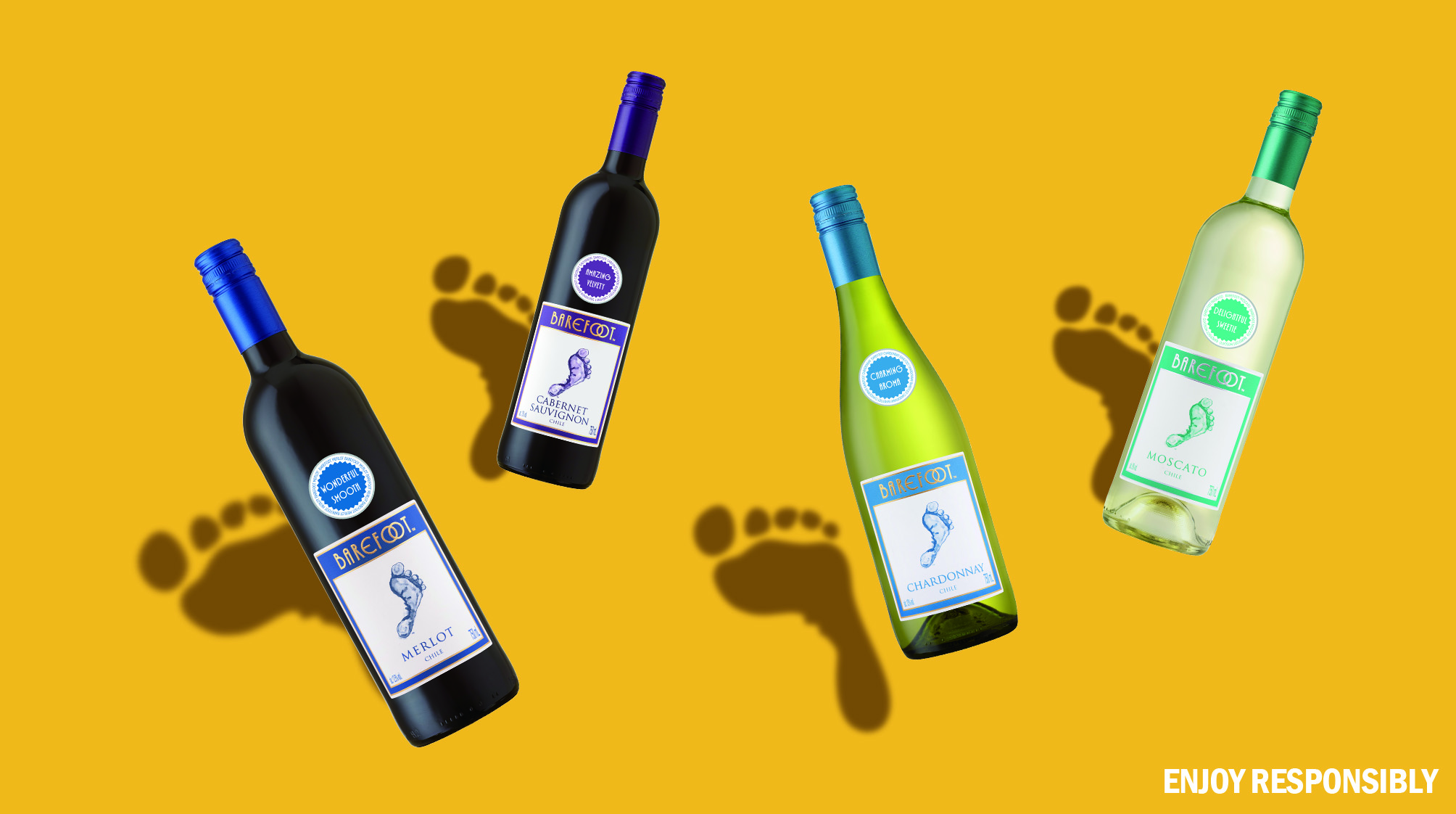

A Wine Legend.
The history of Casillero del Diablo begins more than 135 years ago, at a time when the founder of Viña Concha y Toro, Don Melchor de Concha y Toro, stored his fine wines in a cellar, behind a wrought-iron locked gate. After noticing wine being stolen from the cellar, Don Melchor de Concha y Toro spread a rumor that the devil lived there. From that day on no other bottles disappeared. Decades later the story was captured by Casillero del Diablo, a Cabernet Sauvignon launched in the 60s with its 1966 vintage. Over time the brand grew, adding new varieties and product lines until it became a recognized Chilean wine brand in the world today.
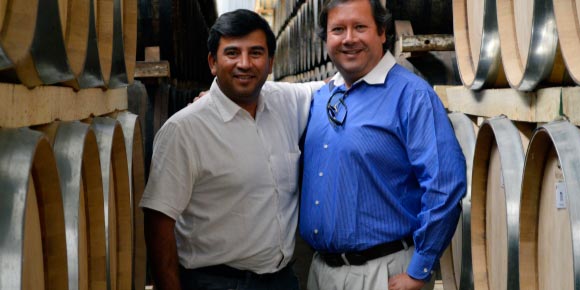 Flagship premium Chilean pisco Alto del Carmen is the name of an Andean Village, home both to the Chilean grape-based spirit Pisco and to the majestic Condor (between 2.000 an 5.000 meters, the symbol of Alto del Carmen).The Condor represents highness, liberty and power. The Pisco brand Alto del Carmen strives to deliver an outstanding Pisco. The production process is restricted to an artisanal volume of production, based only on Muscat grapes. This means that the process is dedicated to aromatic and fruity grapes, using small copper pots still to ensure meticulous quality control.
Flagship premium Chilean pisco Alto del Carmen is the name of an Andean Village, home both to the Chilean grape-based spirit Pisco and to the majestic Condor (between 2.000 an 5.000 meters, the symbol of Alto del Carmen).The Condor represents highness, liberty and power. The Pisco brand Alto del Carmen strives to deliver an outstanding Pisco. The production process is restricted to an artisanal volume of production, based only on Muscat grapes. This means that the process is dedicated to aromatic and fruity grapes, using small copper pots still to ensure meticulous quality control.
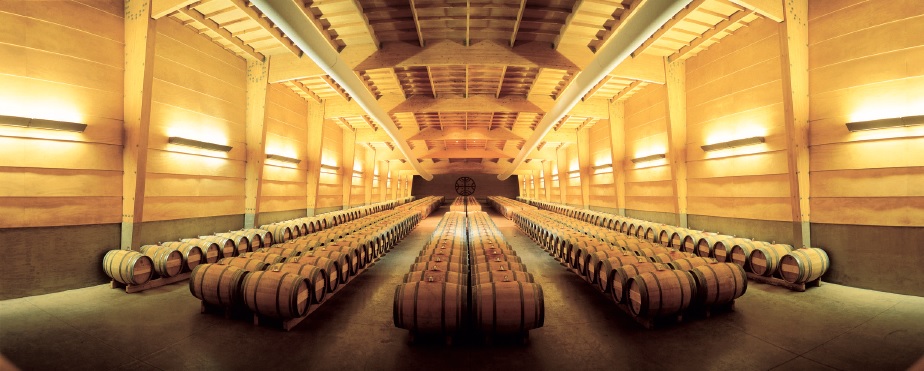
Concha y Toro and Mouton Rothschild's joint venture in Chile.
Made from a blend of classic Bordeaux varieties, in which Cabernet Sauvignon predominates, Almaviva is the result of a felicitous encounter between two cultures. Chile offers its soil, its climate and its vineyards, while France contributes its winemaking savoir-faire and traditions. The result is an exceptionally elegant and complex wine. Its launch was a major milestone in the development of Chilean wines, both in Chile itself and in the international market.
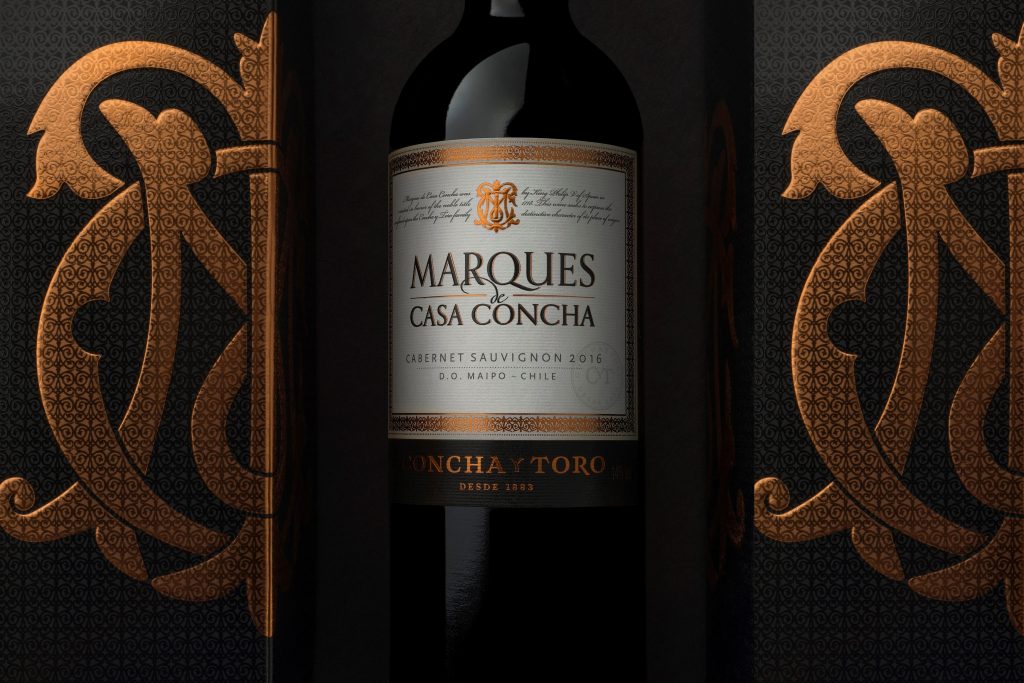
Timeless Heritage, a Consistently 90+ Point Brand*, a Great Choice.
Marques de Casa Concha has seven origins for its varieties. This ensures that each is grown in a beneficial area for its type and ultimately produces exceptional wines that express a particular terroir and bear the distinctive seal of Marques de Casa Concha. With more than 40 years of history, is backed by decades of experience in obtaining a truthful Chilean expression and quality in each of the wines in its portfolio, covering the country's complete diversity. Through Marques de Casa Concha, consumers are experiencing a part of Chile's history and viticultural heritage.
*Wine Spectator, 2000-2015
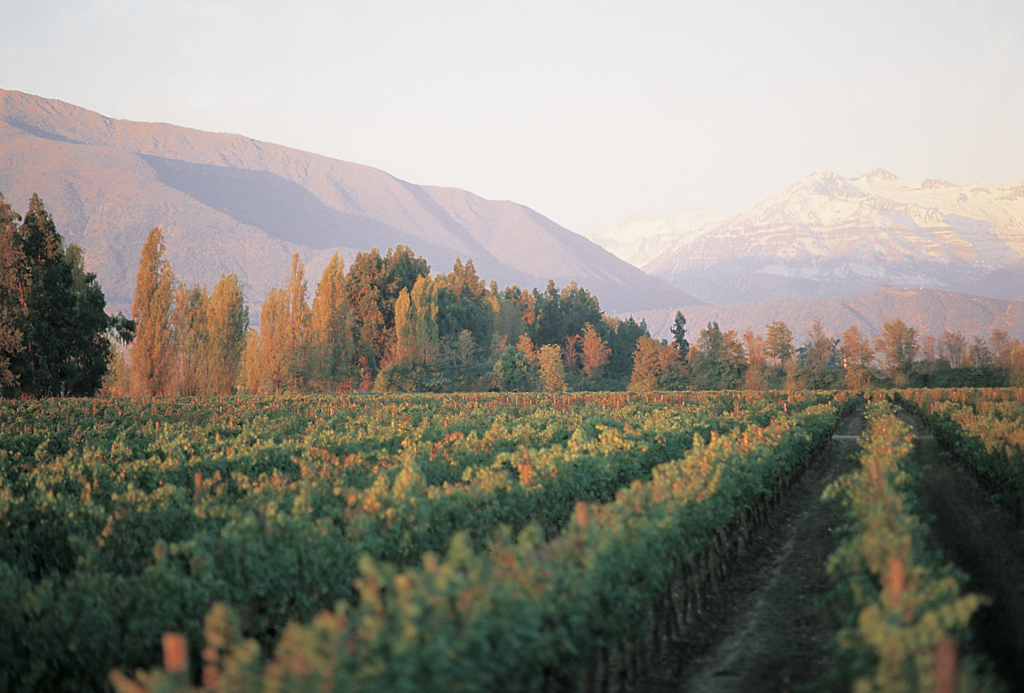
Sendero is the Chilean trail, one that traverses this land of strong contrasts influenced by landmarks that have turned it into a legend: a very dry desert in the north, the cold wilderness of Patagonia to the south, the tall majestic Andes Mountains to the east, and the flat Pacific Ocean to the west.
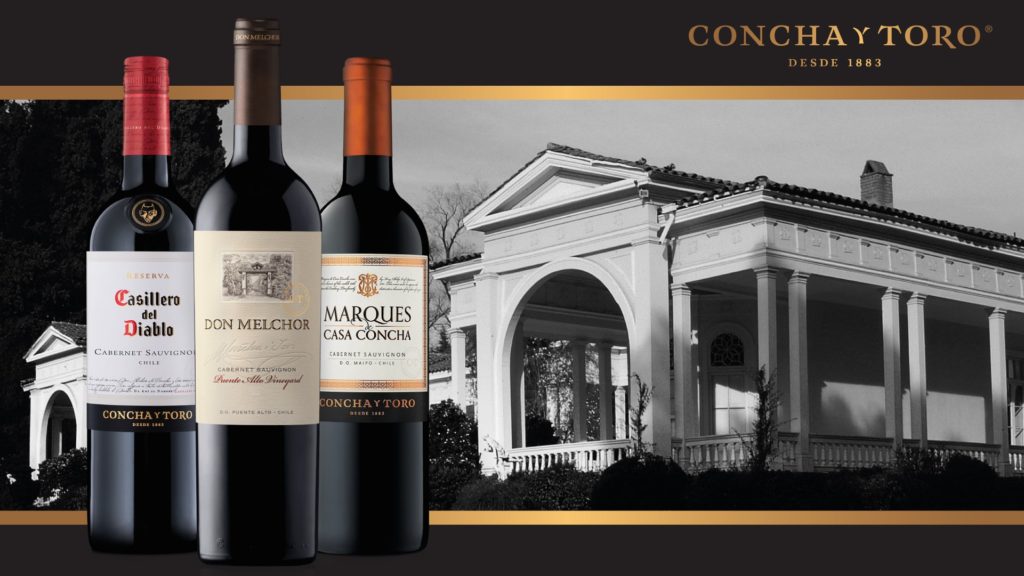
Concha y Toro
“International Drinks Company of the Year” in 2015 by The Drinks Business 1
“World's Admired Wine Brands” from 2011 to 2019 by Drinks International 2
“Powerful Wine Brand in the World” in 2014&2015 by Intangible Business 3
100 Wineries of the Year in 2018 by Wine & Spirits 4
In 1883, Don Melchor de Concha y Toro and his wife, Doña Emiliana Subercaseaux, brought noble Bordeaux region's wine grape stocks to Chile. Dedicated to producing wines of unprecedented quality that fully demonstrate the potential of Chile's natural resources, Concha y Toro has become a reference in Chilean quality winemaking. Concha y Toro's strength in depth is legendary – from newly discovered and specialized cool climate regions making exquisite Chardonnays', Sauvignon Blancs' and Pinot Noirs' to Concha y Toro's traditional and well-known Cabernets', Merlots' and Carménères'.
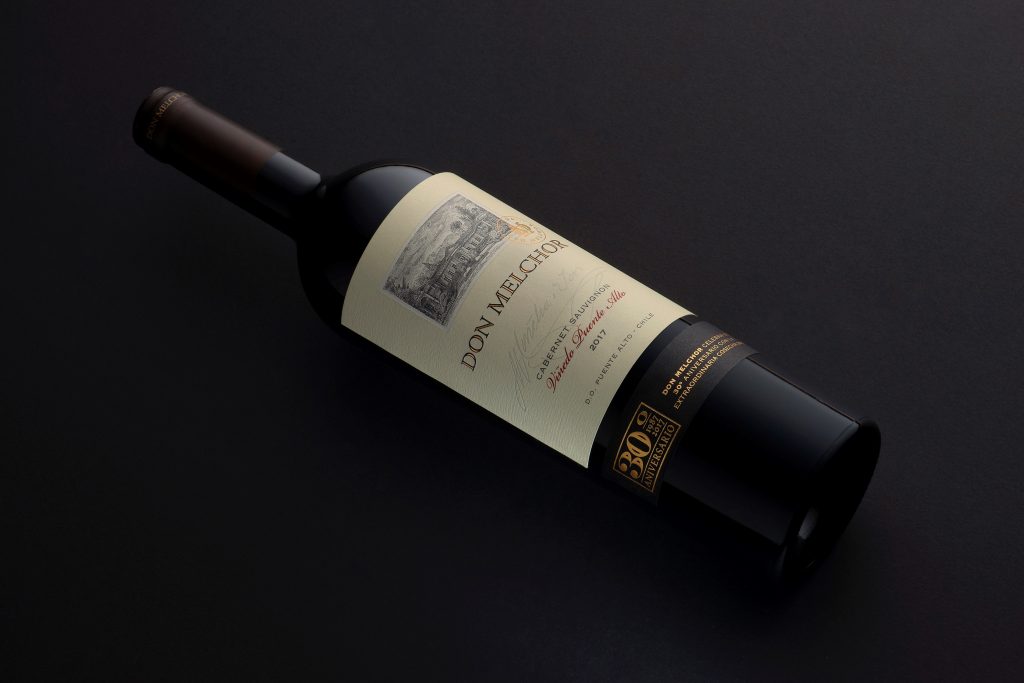
Don Melchor is an indisputable name in the Chilean fine wine scene. A masterpiece of Cabernet Sauvignon from Chile with over 30 years of history and the flagship label of Concha y Toro, is a truly unique wine of historical importance. The great terroir of Puente Alto gives winemaker Enrique Tirado the premium Cabernet Sauvignon he needs to make Don Melchor. The seven distinct parcels are terroirs that each bring a different character to the wine giving greater complexity and elegance. Like the first growths of Bordeaux, Don Melchor is a wine made from an exceptional terroir, with limited production and availability. Rare and special.
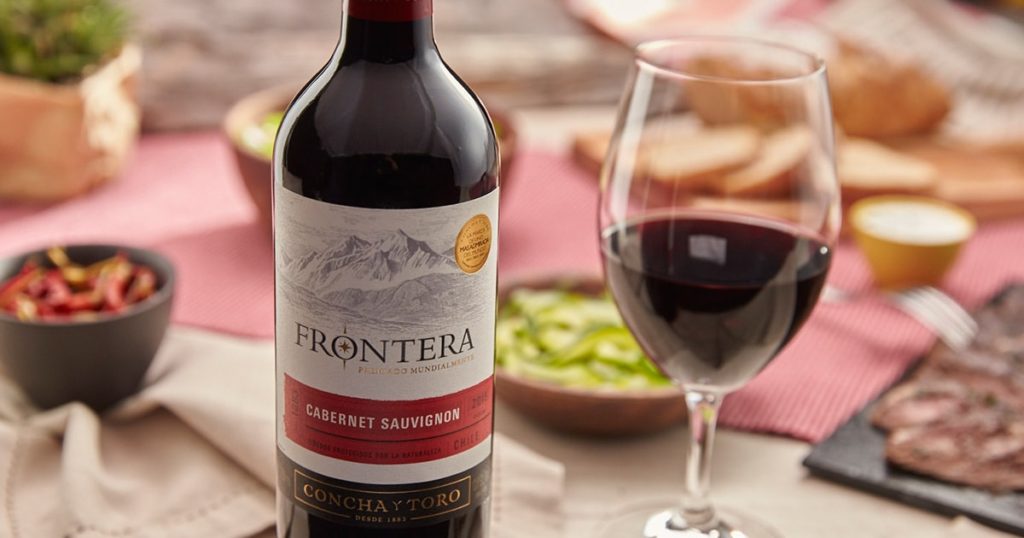
Crafted with grapes from iconic valleys and influenced by natural frontiers, Frontera represents the wide and dynamic range in its category. It offers delicious moments every day, bringing the experience of enjoying a good wine to millions of consumers around the world. Frontera is warm, uncomplicated and authentic. The ideal companion, always welcome for its simplicity and charisma.

